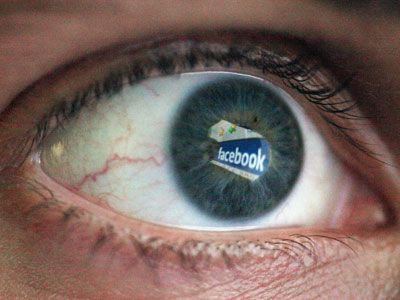Keep in mind that doomscrolling is an unconscious behavior. "We need to be snapped out of it," Klapow says. "Sounds, competing behaviors, changes in our routine — all will help prevent the situation where we find ourselves an hour later having scrolled and scrolled and scrolled."
Some ways to break doomscrolling hypnosis are setting a loud alarm that limits your scrolling time or leaving your smartphone in another room. However, there's little evidence these things will actually help you break the habit, Fisher says.
"It's important to remember that social media sites are painstakingly designed (by some of the world's brightest and most well-paid people) to be attention-grabbing and attention-keeping, so it may feel like you're fighting an uphill battle," he notes.
What's the solution? "I believe social media and other big tech companies have a responsibility to ensure that their users have the ability to structure their digital lives in a way that lets them retain agency over their attention and focus on this that matter to them," he adds. "Doomscrolling, like other potentially detrimental information-seeking and sharing practices online, is often framed as individual responsibility, but it's important to see it as a natural outflow of the business model that powers social media."
Another idea: Add a couple of mobile games to the home screen of your phone and reach for those instead of your news or social media apps. A columnist for Wired found this cured her doomscrolling and didn't turn into another giant time suck.


